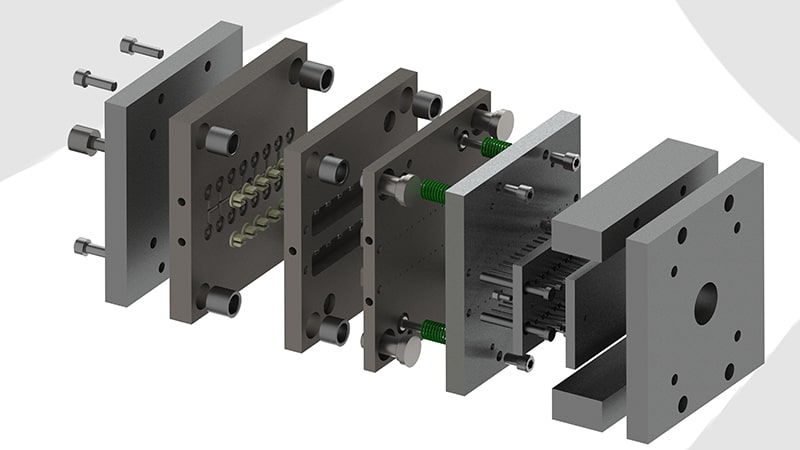
It is mainly reflected in the quality of the molded plastic products (appearance quality and dimensional stability); it is convenient, fast and concise in processing and manufacturing, that is, it saves money and manpower, leaving room for correction and improvement; it is safe, reliable and easy to maintain during use; In injection molding, it has a short molding cycle and a long service life, as well as a reasonable mold manufacturing process.
1. When starting the mould design services, you should pay more attention to consider several schemes, measure the advantages and disadvantages of each scheme, and choose one of them. For the T mold, it is also taken seriously. For reasons of time awareness, the design that was considered reasonable at that time must have areas that can be improved after production and use practice;
2. After handing over the design plan, it is necessary to communicate with the injection molding china factory more to understand the processing process and the situation in manufacturing and use. Each set of molds should have a fixed analysis experience, summing up the process of gain and loss, in order to continuously improve the level of injection molding mold design;
3. When designing, refer to similar drawings designed in the past, and learn from its experience and lessons;
4. The mold design department should be a whole, and each design member should not be on their own, especially in the summary of mold design, there must be a consistent style.
The main basis is the product drawings and samples provided by customers. Designers must analyze and digest products and samples carefully and in detail. At the same time, during the design process, all items must be checked one by one.
1. The correctness of dimensions related to dimensional accuracy;
(1) For clinker products with high appearance requirements and low dimensional accuracy requirements, such as toys, the specific dimensions except for the transfer, the other dimensions only need to match well;
(2) For functional products of plastic injection mould, the size requirements are strict and must be within the allowable tolerance range, otherwise the performance of the entire product will be affected;
(3) Products with strict requirements on appearance and size.
2. Whether the demoulding slope is reasonable;
3. Product wall thickness and uniformity;
4. Types of plastics;
5. Surface requirements;
6. Product color; (Generally, the color has no direct impact on the design of the injection mold. However, when the wall thickness of the injection moulding products is large and the shape is large, it is easy to produce uneven color; and the darker the color, the more obvious product defects are exposed).
7. Whether there is post-processing after the product is formed; (if there is a product with electroplating on the surface, and one mold has multiple cavities, it must be considered to set up auxiliary flow channels to connect the products together, and then separate them after the electroplating process is completed).
8. The batch of products; (the batch of products is an important basis for mold design, and the customer must provide a range to determine the number of mold cavities, size, mold material selection and service life).
9. Specifications of injection molding machine;
10. Other requirements of customers. Designers must carefully consider and check to meet customer requirements.
1. Analyze and digest products and samples;
2. It should be understood whether the customer has requirements for the specifications of the injection machine to determine the size range of the mold;
3. Determine and rank the number of cavities;
4. Determine the parting surface;
5. If there is a row position and a rhombus structure, it should be understood first;
6. Design of pouring system;
7. Determination of mosaic structure;
8. Ejection and reset system design;
9. Design of cooling and heating system;
10. Guiding and positioning device;
11. Determine the mold base and select standard parts;
12. Selection of mold steel;
13. Complete the structural drawing, mold embryo drawing, and material cutting;
14. Print out the drawing, check it, and submit it to the mold design team leader and supervisor.






 Call us on:
Call us on:  Email Us:
Email Us:  Shengan Building A, Hengzeng Road Chang'an Town Dongguan City,
Shengan Building A, Hengzeng Road Chang'an Town Dongguan City,